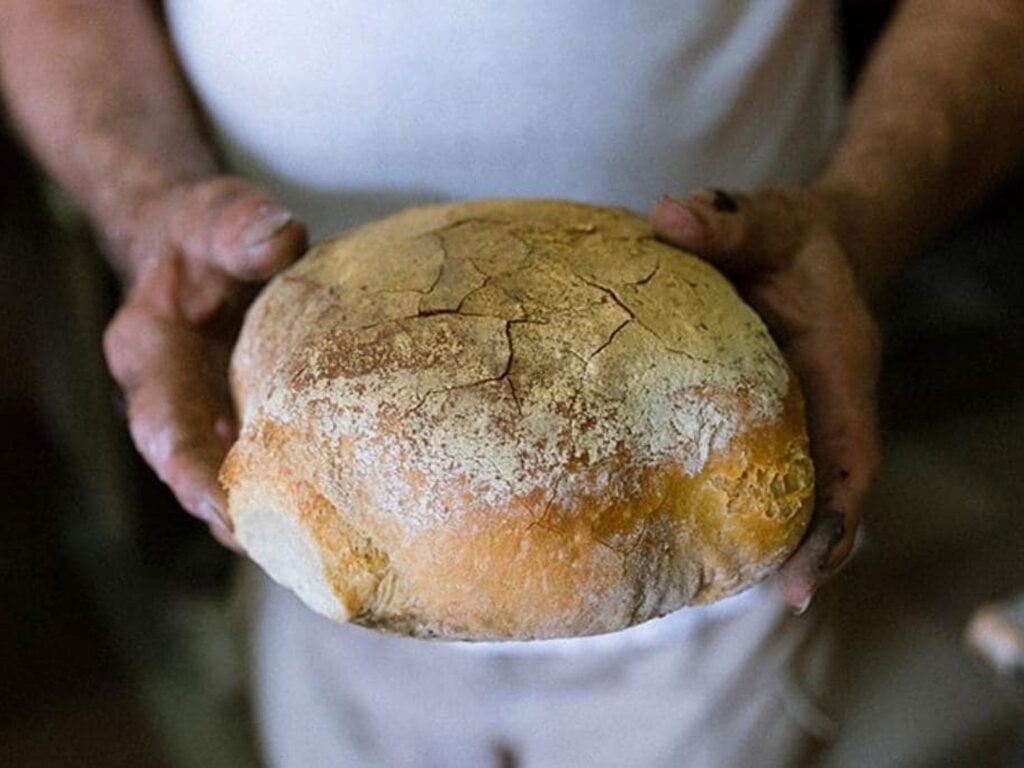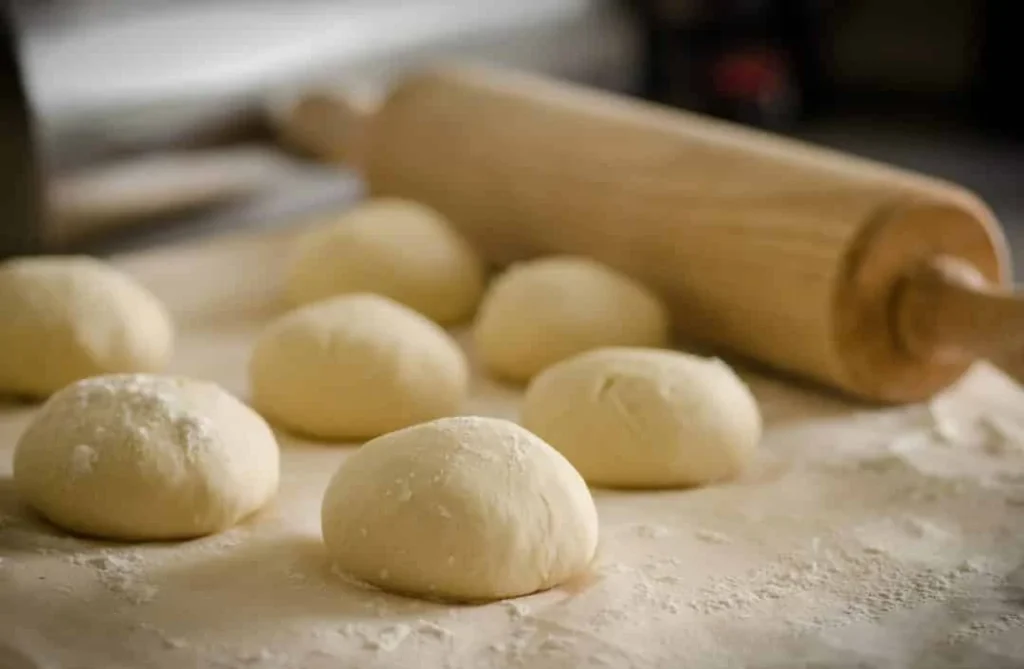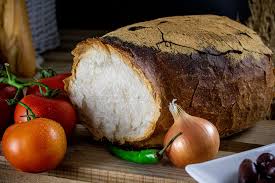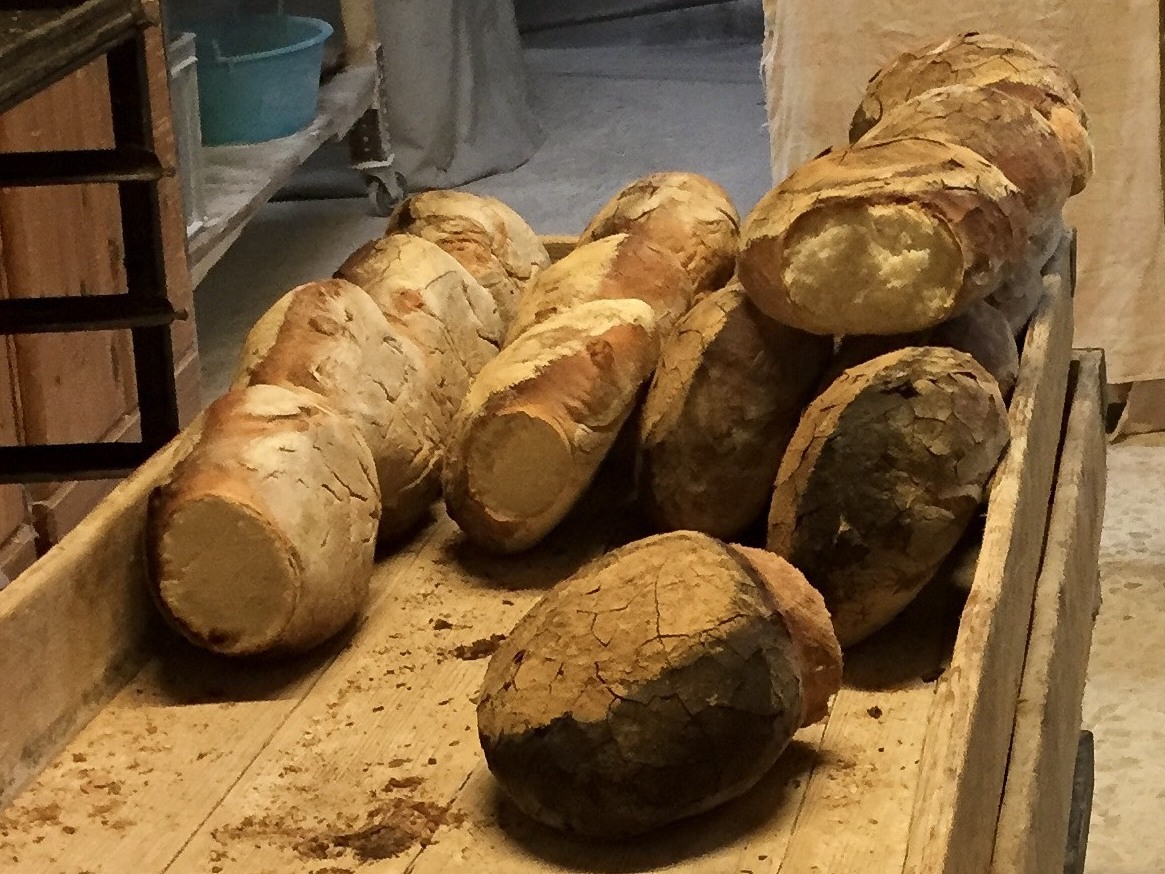Table of Contents
ToggleThe Maltese Bread
Maltese bread, known as Hobza, holds a treasured place in the culinary and cultural life of Malta. This rustic loaf is instantly recognisable for its golden crust, soft interior, and the comforting aroma that fills traditional bakeries before sunrise. More than a staple, it is a symbol of memory, continuity, and national identity. To appreciate its deep roots, it is important to explore the story of its development and the traditions that shaped it.
Ancient Origins and Early Traditions
Bread has always been a vital part of the Mediterranean diet, and in Malta it gained an especially prominent role. The earliest settlers relied on wheat that arrived through trade with nearby civilisations. The Phoenicians and later the Romans used Malta as a central trading post, and grain was among the most important goods that passed through the islands. Over time, the Maltese population developed techniques that made the most of the flour available to them. These early methods formed the foundation of what we now recognise as the style and structure of Hobza.
As centuries passed, especially during the medieval period, Maltese village life centered around communal stone ovens. These ovens were more than places to bake. They were gathering points where families prepared their dough at home and brought it to bake in the shared space. The intense heat of these ovens created the crisp crust that remains the signature of Hobza today. The act of baking became a shared ritual that connected neighbours and reinforced community life.

The Influence of the Knights of Saint John
When the Knights of Saint John arrived, Malta entered a new era of cultural exchange. The islands became a stronghold in the center of the Mediterranean, attracting influences from many regions. Despite political and social changes, bread remained a central part of daily life. The Knights placed great importance on regulating grain supply to ensure that bread was always available and affordable for everyone. They supervised mills, ovens, and markets, resulting in a consistent style of loaf that the public came to trust. This consistency helped standardise the characteristics of Hobza and cement its reputation across the islands.
Growth of Bakeries and Daily Rituals
During the nineteenth and twentieth centuries, Malta experienced rapid changes. Families continued to prepare dough at home, but dedicated bakeries became more common. These bakeries became neighborhood landmarks where the regular rhythm of daily life unfolded. Children would often stop on their way home from school to collect a warm loaf, tearing off a small piece before reaching the door despite the gentle warnings of their parents.
Though Hobza uses simple ingredients flour, water, yeast, salt, and natural fermentation the skill of the baker determines the final outcome. The timing of resting periods, the shaping of the dough, the temperature of the oven, and even the way the loaf is handled before baking create subtle variations between different regions. Each bakery developed its own loyal following, and this diversity continues to enrich Maltese food culture.

What Makes Hobza Unique
The charm of Hobza lies in its perfect balance of textures. The crust is thick and crackly, the interior is soft yet sturdy, and the flavor carries a gentle tang from traditional fermentation. This makes Hobza ideal for many beloved Maltese dishes. One of the most iconic is Hobz biz zejt, a simple yet flavorful preparation in which the bread is rubbed with ripe tomatoes and filled with tuna, olives, capers, and fresh herbs.
It also pairs beautifully with winter soups, grilled vegetables, and festive spreads. Many Maltese will say that no meal feels complete without at least a small piece of bread on the table.
A Symbol of Maltese Life
Hobza is woven into the fabric of Maltese family traditions. Grandparents instruct younger generations on how to tell when a loaf is perfectly baked by tapping the bottom and listening for a hollow sound. Many adults recall waking to the scent of baking bread drifting through early morning streets. Picnics by the sea are never complete without whole loaves wrapped in cloth to keep them warm and ready to share. Even today, as modern food habits change, Hobza remains an emotional and cultural constant. It offers comfort, connects generations, and reminds people of the simple joys of home.

Preserving a National Treasure
There has been a renewed interest in safeguarding the traditional techniques used to make Hobza. Some bakeries continue to rely on old stone ovens heated with wood, while artisan bakers revive longer resting periods for dough to recapture the deep flavors of the past. This revival is partly a response to mass produced bread, which lacks the soul and character of a carefully crafted loaf. It is also a reflection of growing pride in Maltese heritage.
Hobza as a Living Tradition
Visitors often encounter Hobza during their very first meal in Malta, and it quickly becomes an essential part of their experience. Locals are proud to share it because every loaf tells a story of resilience, community, and creativity.
Hobza remains one of the most enduring symbols of Maltese culture. Whether enjoyed fresh from a bakery, used in a traditional dish, or served at a family table, it continues to bring people together. It proves that the most ordinary foods can carry extraordinary meaning.




